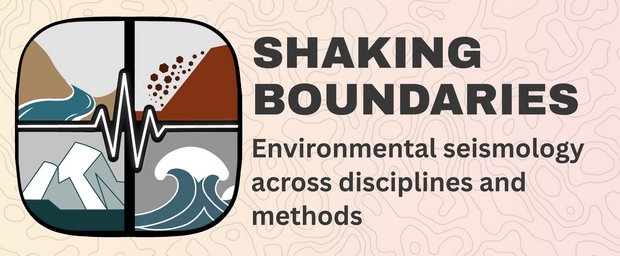Studying the Earth's surface with seismic methods
EnvSeis is currently training 12 early stage researchers (ESRs) in the emerging field of environmental seismology, in which seismic methods are used to study processes at or near the Earth's surface, such as landsliding, river sediment transport, debris flows, and glacial processes. Seismic techniques allow addressing challenges in the Earth surface sciences that are intractable by traditional observation methods. The capacity of environmental seismology has been proven, and first applications have been published. Yet, most current research in this field is conducted either by seismologists with an interest in Earth surface processes, or by Earth surface scientists who learned basic seismic methods. The DN EnvSeis will fully leverage the potential of environmental seismology by fusing these complementary perspectives. Bringing together 10 leading research groups from 7 countries, EnvSeis is training 12 ESRs in both seismology and Earth surface sciences, to lay the ground for a next strong generation of environmental seismologists. In their projects, the ESRs address outstanding challenges in natural hazards, hydrology, geomorphology, and ocean sciences, applying seismic techniques to study a broad range of landscapes and their processes, including hillslopes, channels, glaciers, coasts and oceans. They combine observation, theory and numerical modelling to conduct ground-breaking science, to develop new methods and software, and deliver benchmark data sets. As such, they set standards for using seismic methods in the Earth surface sciences in Europe and beyond, establishing Europe as the leader in this newly emerging field. Complementary training includes the involvement of stakeholder and media partnerships, experience in organizing conferences and workshops, as well as courses on transferable skills. This will allow the ESRs to acquire a broad range of skills and experience to make them competitive for careers in research, industry, or public administration.

Shaking Boundaries
9–12 June 2026 | GEOMAR, Helmholtz Centre for Ocean Research Kiel
Join us in exploring how seismic methods are applied across environmental sciences and connect with experts pushing the boundaries of interdisciplinary research


